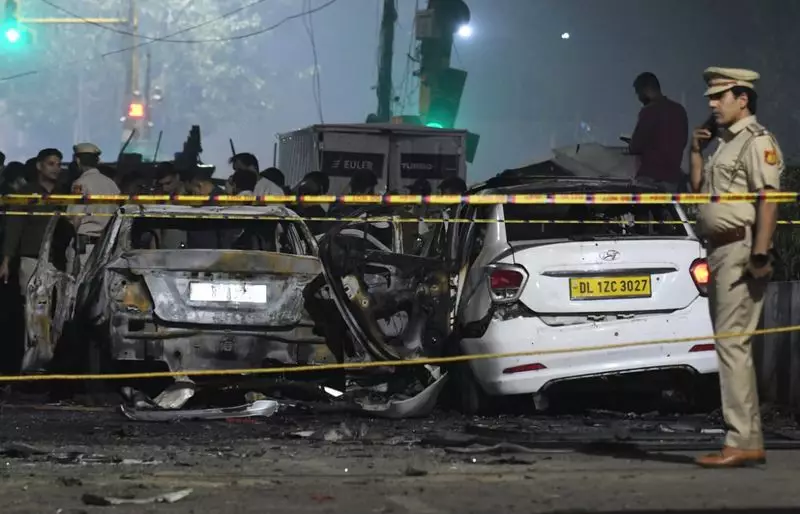
The recent discovery of a suspicious device near Delhi's historic Red Fort has triggered painful memories of one of the capital's darkest chapters—the December 2000 terrorist attack that shook the nation's sense of security.
The Ghosts of December 2000 Return
On December 22, 2000, terrorists belonging to the Lashkar-e-Toiba militant group launched a devastating assault on the iconic Red Fort. The attack occurred around 7:30 PM when two armed militants entered the monument premises and opened fire indiscriminately.
The assault claimed the lives of three security personnel—two from the Rajputana Rifles and one from the Central Industrial Security Force (CISF). The terrorists managed to breach the heavily guarded monument despite the presence of multiple security agencies, raising serious questions about Delhi's security preparedness.
Investigation and Aftermath
Following the attack, a massive investigation was launched that eventually led to the arrest of six Lashkar-e-Toiba operatives. The investigation revealed chilling details about how the terrorists had planned and executed the assault on one of India's most symbolic landmarks.
The Red Fort blast case went through extensive legal proceedings, with the accused facing trial under India's anti-terror laws. The legal battle stretched over years, highlighting the challenges in prosecuting terrorism cases while ensuring justice for the victims.
Current Security Concerns
The recent security scare at the same location has brought back concerns about the vulnerability of Delhi's historical sites. Security experts point out that while significant improvements have been made in counter-terrorism measures, the symbolic value of locations like the Red Fort makes them perpetual targets.
Delhi Police and other security agencies have intensified patrols and surveillance around important monuments following the recent incident. The security apparatus is now combining traditional policing methods with advanced technology to prevent any repeat of past tragedies.
The memory of the 2000 attack serves as a sobering reminder of the constant security challenges facing the national capital. As Delhi continues to grow and evolve, the balance between public access to historical sites and their security remains a complex challenge for authorities.
Twenty years later, the echoes of that December night continue to influence Delhi's security policies and public consciousness. The families of those lost in the attack, and the security personnel who continue to protect these sites, live with the consequences of that day.





